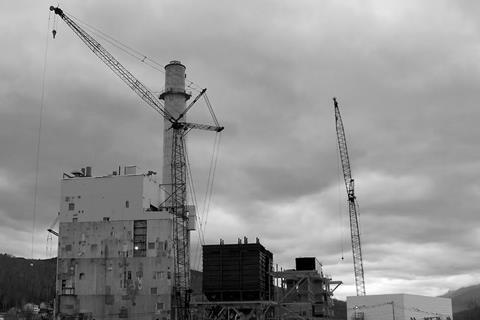A bibliometric analysis of 6,403 articles on hydrothermal pretreatment reveals a steady increase in global research over the past two decades. China is the most active country, with 36.5% of publications. The study highlights advancements in using this technology for sustainable biomass conversion in biorefineries.

Hydrothermal pretreatment, a green technology that uses hot water or steam to break down lignocellulosic biomass, has gained significant attention in recent years as a sustainable solution for bioenergy production. A new study published in the Journal of Bioresources and Bioproducts provides a comprehensive bibliometric analysis of research on this topic, revealing a steady increase in global interest and advancements.
Hydrothermal petreatment becomes popular
The study analyzed 6,403 research articles published between 2000 and 2023, sourced from the Web of Science database. The results show that the number of publications related to hydrothermal pretreatment has increased annually, with China leading the global research output at 36.5%, followed by the United States (14.6%) and Japan (8.2%). This trend indicates a growing recognition of hydrothermal pretreatment as a key technology for sustainable biomass conversion.
READ MORE: Novel electro-biodiesel a more efficient, cleaner alternative to existing alternatives
READ MORE: Biogas produced from apple juice waste can minimize use of fossil fuels in industry
The analysis also identified key research hotspots, including the optimization of pretreatment conditions, the development of integrated biorefinery processes, and the application of hydrothermal pretreatment for producing biofuels and high-value chemicals. The study highlights the Chinese Academy of Sciences as the most prolific institution in this field, with 245 publications. Other leading institutions include Universidade de Vigo in Spain and the United States Department of Energy.
Biorefineries as alternative
The findings suggest that hydrothermal pretreatment is not only effective in breaking down lignocellulosic biomass but also environmentally friendly, avoiding the use of harsh chemicals and reducing waste generation. The technology has shown promise in enhancing the enzymatic hydrolysis of biomass, leading to higher yields of fermentable sugars and biofuels. As the world seeks sustainable alternatives to fossil fuels, hydrothermal pretreatment could play a crucial role in the future of biorefineries.
In conclusion, the study underscores the potential of hydrothermal pretreatment as a green technology for sustainable biomass conversion. With continuous advancements and increasing global collaboration, this technology is poised to contribute significantly to the development of bio-based economies and the circular economy.







No comments yet